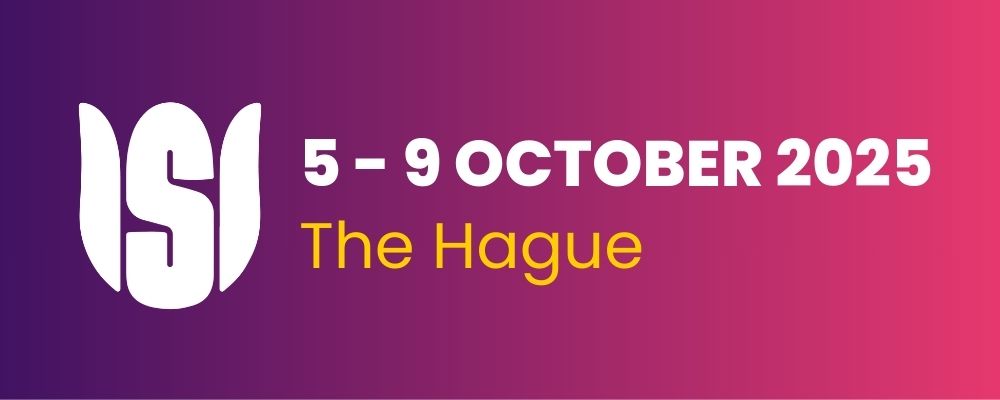Network Science for Official Statistics
Conference
Category: International Association for Official Statistics (IAOS)
Proposal Description
This session aims to demonstrate the possibilities of applying network science for official statistics. The first talks focus on applications of person networks and business networks. The second half of the session is devoted to methodological issues, including anonymity and disclosure control and classification.
Since 2017 Statistics Netherlands has been working on the development of a network covering the entire Dutch population. Based on various administrative sources the network contains the following types of relation between all Dutch residents for the period 2009-2021: household members, family, neighbours, colleagues and class-mates. This gives a broad view of the social context in which persons operate. The network has been used in various studies both by Statistics Netherlands and by external researchers (through the remote access facilities) and resulted in various publications on, for example, infectious diseases, crime, and segregation. We will give an overview of the network and how it is used in some of these publications. (Jan van der Laan, Statistics Netherlands)
[contribution of Stefan Thurner to be added]
Population-scale networks offer unique opportunities to enhance our understanding of the structure of our society and economy. It is therefore desirable to make such network data accessible to researchers or the public. However, an attacker with access to limited structural information surrounding a target node may be capable of re-identifying population units or some of their properties. In this talk we discuss how de-anonymizing network structure can be, by introducing new measures of k-anonymity that rely on local network structure surrounding a node. Based both on theory and numerical experiments we point out just how revealing network structure can be. (Rachel de Jong; Leiden University and Statistics Netherlands)
Community detection or node clustering is an important topic in network analysis. One can also view the problem as classifying whether a given edge in the graph is network-defining or spurious, where the latter is the case if the edge connects two nodes that are not members of the same network. The large number of existing unsupervised node clustering methods are no longer effective from this perspective. We investigate a supervised approach to network classification by building predictive models of the target network-edges that are labelled in a sample of graph components. (Li-Chun Zhang, University of South-Hampton, Statistics Norway)


